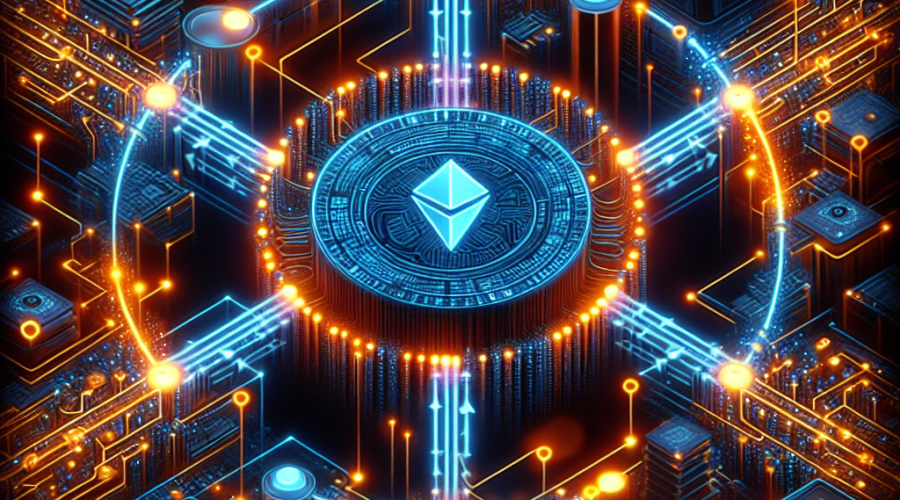Understanding Stablecoins and Tether’s Role
Tether, which is the company that launched the renowned USDT stablecoin, has become an investor in the European firm, StablR. The announcement of this strategic investment comes at a time when the European Union anticipates the execution of the new regulatory framework called Markets in Crypto-Assets (MiCA), which is planned for 30th December 2024. Besides, this regulatory design provides certain standards for stablecoin issuers, enhancing legal sureness in an erstwhile fragmented regulatory setting.
Stablecoins in the Digital Space
StablR has so far introduced two types of stablecoins onto the market; EURR and USDR. These two varieties of stablecoins are formulated with the intent to simplify transactions, offering cost benefits to users. Stablecoins play a significant role in the digital currency domain. These types of currency are pegged with a fiat currency, such as the euro or dollar, and are designed to minimize price volatility. The role of these tokens is integral in the facilitation of cross-border payments and in the improvement of liquidity for businesses and individuals. With this surge in clarity, stablecoins in Europe are gaining momentum, with the market cap nearing for euro-backed tokens approaching $400 million.
Tether’s New Innovation: Hadron
The partnership that StablR has formed with Tether also encompasses the utilization of Hadron. Hadron is a tokenization platform that was launched by Tether in November. The principal objective behind launching this platform is to simplify the process of converting assets such as bonds, stocks, and of course, stablecoins into digital tokens. In addition to these functionalities, Hadron also offers several tools for compliance. These include Know-Your-Customer (KYC) and Anti-Money-Laundering (AML) measures. All these together ensure adherence to the rigorous requirements that are stipulated under MiCA.
“This investment demonstrates our support for Europe’s digital asset ecosystem,” says Paolo Ardoino, the CEO of Tether. He further added that, “with platforms like Hadron, we aim to drive compliance and innovation while making tokenization more accessible.”
Future Plans and Prospects of StablR
StablR’s stablecoins, EURR and USDR, have been reported to be fully compliant. They operate on the popular Ethereum (ETH) and Solana (SOL) networks. According to sources, these tokens allow users to perform secure and seamlessly smooth transfers, without compromising regulatory standards. As per a press release, StablR has revealed plans to broaden its reach to additional blockchain networks, which is believed to amplify accessibility and liquidity across the digital economy.


















